Sourdough hydration refers to the ratio of water to flour in a sourdough bread recipe. It is a crucial part of sourdough baking that impacts the texture, flavour, and character of the final bread.
CALCULATE YOUR DOUGH HYDRATION NOW
Hydration is conveyed as a percentage, calculated by dividing the weight of the water by the weight of the flour and then multiplying by 100. The formula is:
Hydration Percentage = (Weight of Water / Weight of Flour) × 100
How does hydration impact sourdough bread?
Low Hydration (60-65%):
- Results in a stiffer dough.
- Produces a more structured crumb with smaller holes.
- Bread tends to be chewier with a thicker crust.
Medium Hydration (65-75%):
- A versatile range that balances workability and hydration.
- It provides a good balance between a chewy interior and a crispy crust.
- Suitable for a variety of bread styles.
High Hydration (75% and above):
- It yields a wet and sticky dough.
- Produces an open crumb with larger holes.
- Bread tends to have a lighter, airier texture.
- Choosing the right hydration level depends on various factors, including the type of flour used, the desired bread texture, and the baker’s preference. Higher hydration doughs generally require more skill in handling, as they can be stickier and harder to shape.
Examples
The inclusion of bran can impact the optimum hydration level of bread dough. Depending on the white and brown flour ratio, these are the ideal hydration levels we tend to use.
100% White Sourdough hydration: 75%
50:50 White/Wholemeal Sourdough Hydration: 76-77%
100% Wholemeal Sourdough Hydration: 81-84%
Dough Hydration Calculator
Examples of hydration (100% white flour)
| Flour (g) | Water (g) | Hydration Level (%) | Characteristics of Baked Bread |
|---|---|---|---|
| 500 | 300 | 60% | Tight crumb, dense structure, good slicing quality, mild chewiness, compact loaf. |
| 500 | 350 | 70% | Slightly open crumb, more volume than 60%, moderately chewy, good crust, holds shape well. |
| 500 | 400 | 80% | Open crumb with irregular holes, lighter texture, chewier crust, moderate oven spring. |
| 500 | 450 | 90% | Very open crumb, large holes, light and airy interior, thin but crispy crust, good oven spring. |
| 500 | 500 | 100% | Extremely open crumb with large holes, very moist and chewy texture, challenging to shape, needs careful handling. |
The hydration level in bread dough will differ depending on whether white flour or wholemeal (whole wheat) flour is used because of the differences in their composition and how they interact with water. Here’s how hydration levels typically differ between white flour and wholemeal flour:
Key Differences Between White and Wholemeal Flour
- Protein Content: Wholemeal flour generally has a higher protein content due to the inclusion of the bran and germ. This can influence how much water the flour can absorb.
- Fiber Content: Wholemeal flour contains more fiber because it includes the bran and germ of the wheat grain. The fiber content, particularly in the bran, absorbs more water compared to the mostly starch and protein content in white flour.
- Absorption Rate: The bran in wholemeal flour acts like a sponge, soaking up more water than the endosperm (the primary component of white flour). Thus, wholemeal flour typically requires a higher hydration level to achieve the same dough consistency as dough made with white flour.
Hydration Levels and Their Differences
- White Flour: White flour, such as bread flour or all-purpose flour, has lower fiber content and a smoother texture. This means that it typically requires less water to achieve the desired dough consistency. Standard hydration levels for white flour sourdough bread typically range from 60% to 75%.
- Wholemeal Flour: Wholemeal flour, with its higher fiber content and coarser texture, absorbs more water. To achieve the same dough consistency as white flour, you often need to increase the hydration level by 5-10%. Hydration levels for wholemeal sourdough bread typically range from 70% to 85% or even higher.
Comparative Table of White and Wholemeal Flour Hydration Levels
| Hydration Level | White Flour Dough Characteristics | Wholemeal Flour Dough Characteristics |
|---|---|---|
| 60% | Relatively stiff, easy to handle, tight crumb, dense structure | Still quite stiff, but more hydrated; tighter crumb due to bran |
| 70% | Moderately wet, slightly open crumb, good structure | Moderately wet, slightly open crumb, more hydration needed |
| 80% | Wet and sticky, open crumb, good oven spring | Wet and sticky, open crumb, still easy to shape with practice |
| 90% | Very wet, large holes in crumb, requires skilled handling | Very wet, very open crumb, requires very skilled handling |
| 100% | Extremely wet, large open holes, difficult to shape | Extremely wet, maximum hydration, extremely difficult to handle |
Key Considerations:
Flour Type: Different flours absorb water differently. Whole-grain flour will generally require more hydration than white flour.
Sourdough Starter: How runny your sourdough starter is may add more or less water to your recipe.
Environmental Conditions: Factors like humidity and temperature can impact dough hydration. Bakers often adjust hydration based on the weather.
Baker’s Skill Level: High-hydration doughs can be challenging for beginners, so it’s advised that budding bakers often start with lower hydration levels and gradually work their way up.
Desired Bread Characteristics: If you want a more open crumb with larger holes, a higher hydration level is often preferable. For a denser, more structured crumb, lower hydration might be better.
Autolyse: Allowing flour and water to rest together before adding the sourdough starter and salt (autolyse) can enhance dough elaticity and gluten development.
In sourdough baking, adjusting hydration is a powerful tool for bakers to tailor their bread to personal preferences. Experimenting with different hydration levels can lead to the discovery of unique textures and flavours in the final loaf.
Sourdough Hydration Calculator Buy a Sourdough Starter Sourdough Recipes


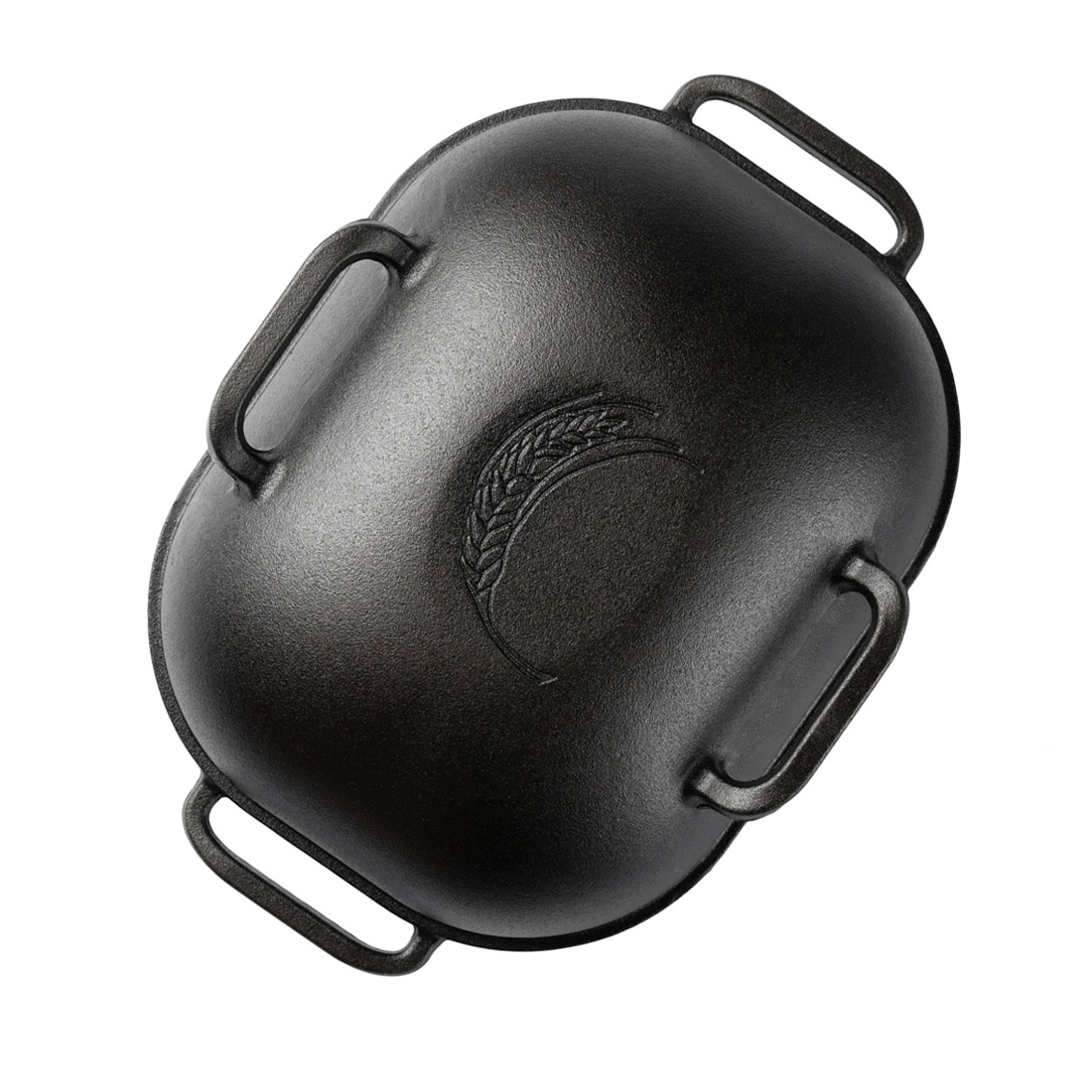 Challenger Bread Pan
Challenger Bread Pan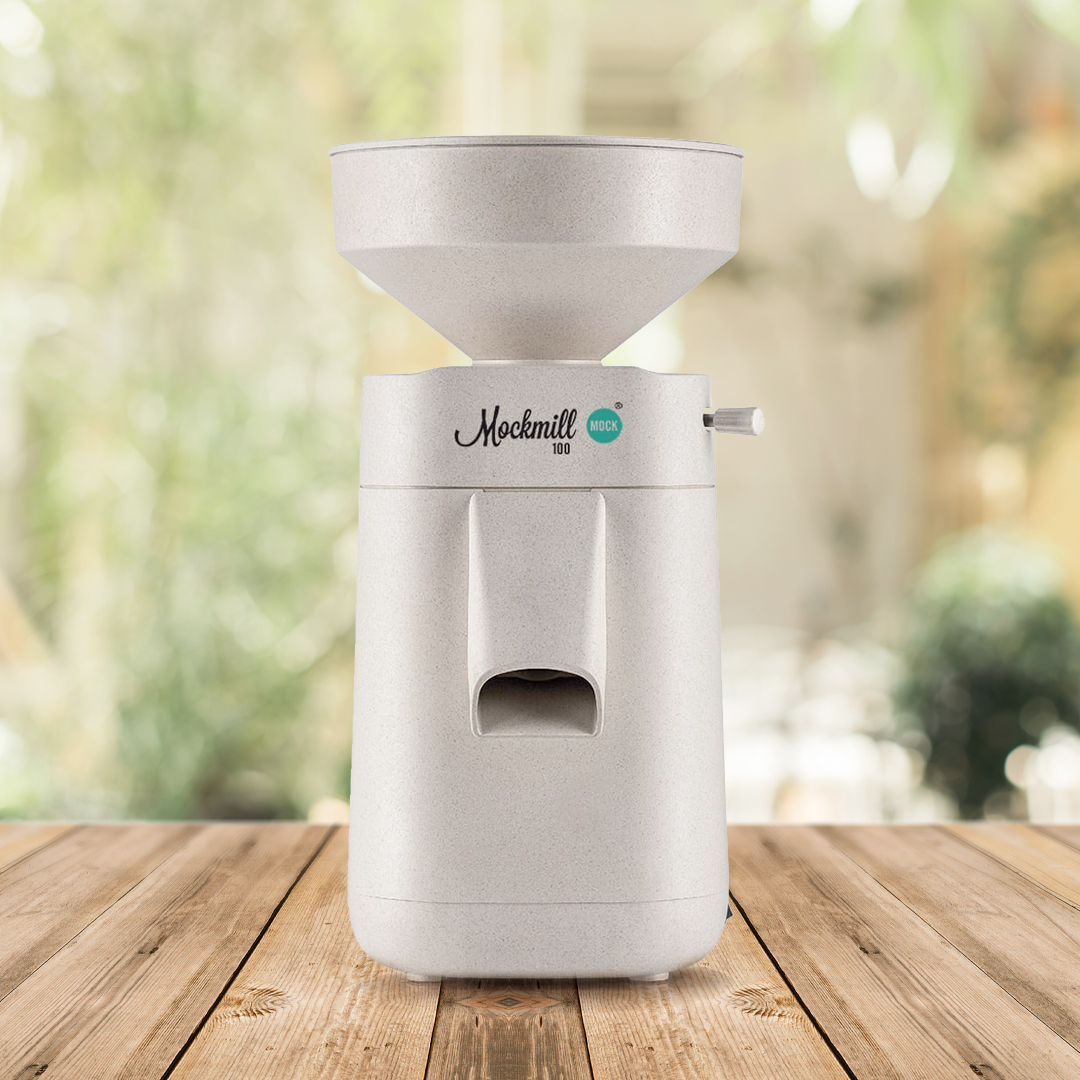 Mockmill 100 Grain Mill
Mockmill 100 Grain Mill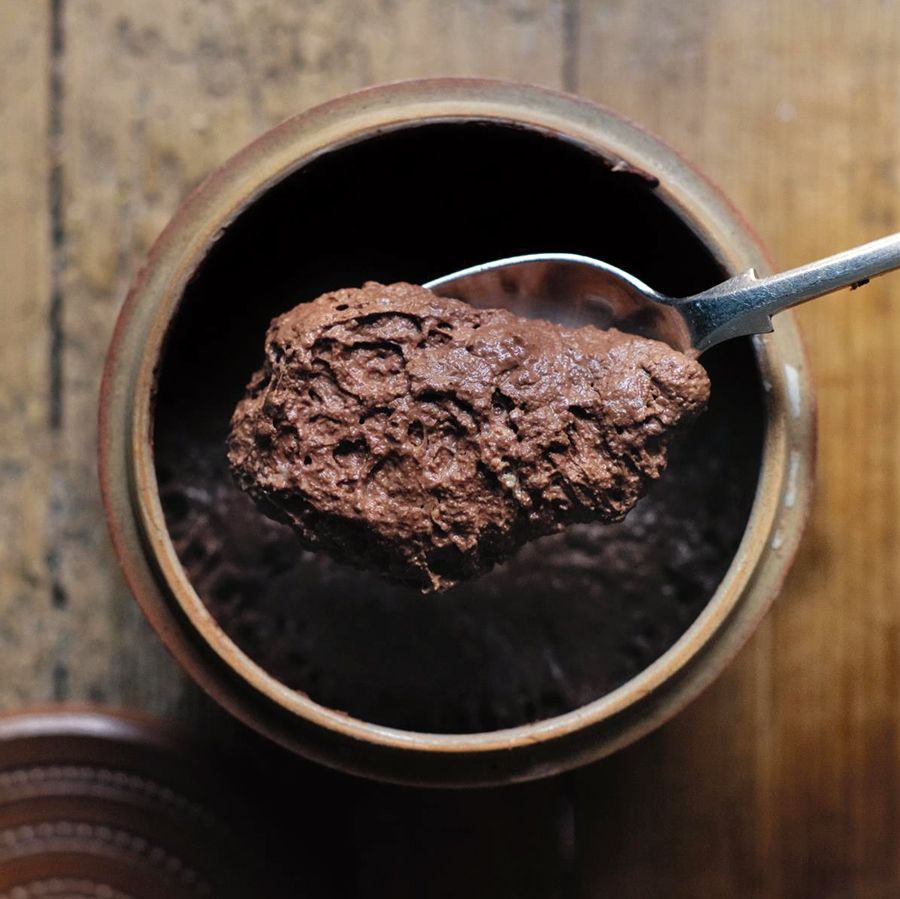 Chocolate Sourdough Starter Kit
Chocolate Sourdough Starter Kit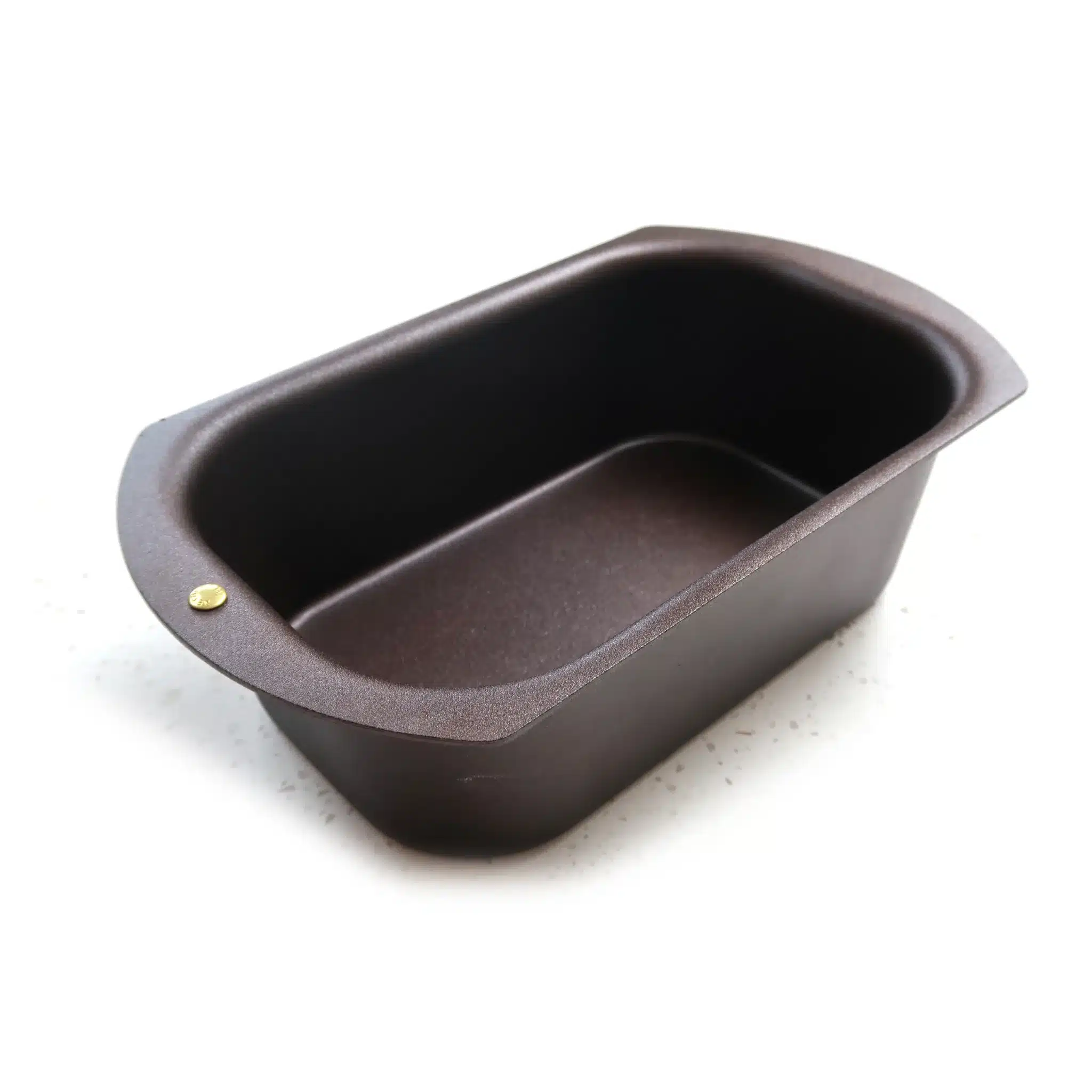 Netherton Foundry Iron Bread Tin
Netherton Foundry Iron Bread Tin
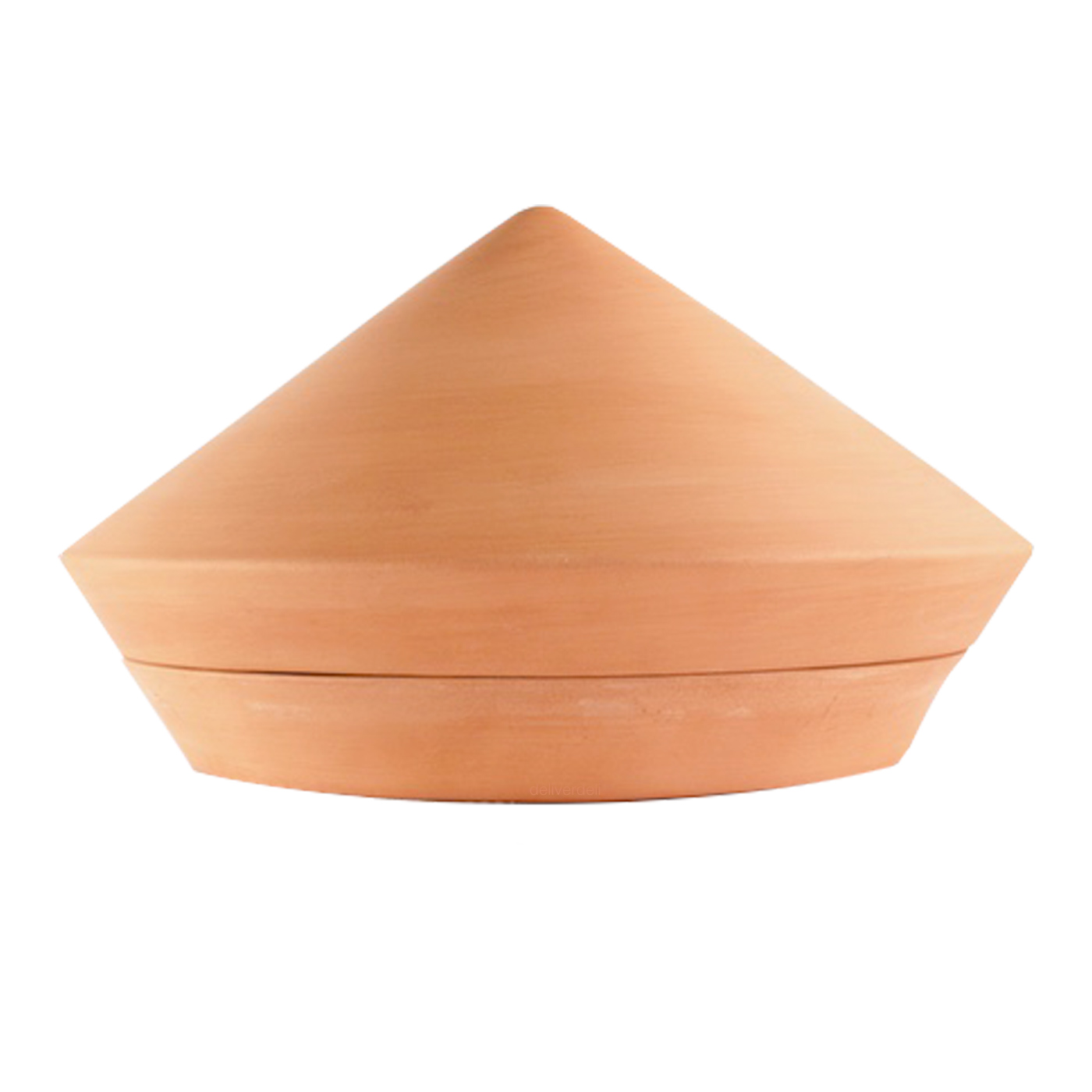 The Spring Oven Bread Pan
The Spring Oven Bread Pan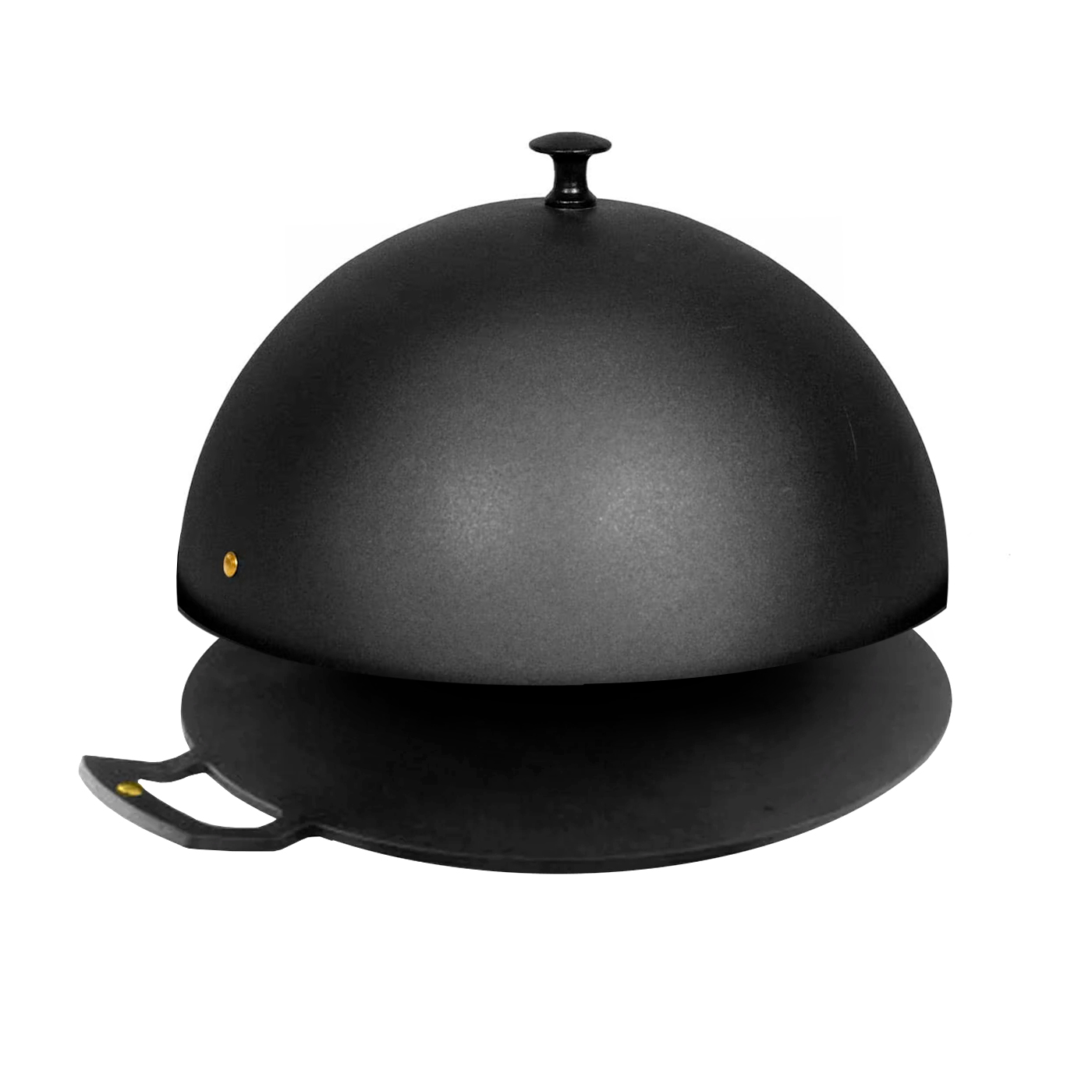 Netherton Foundry Bread Pan
Netherton Foundry Bread Pan